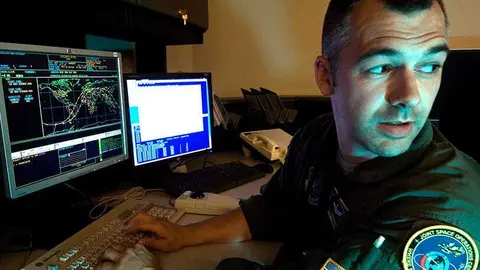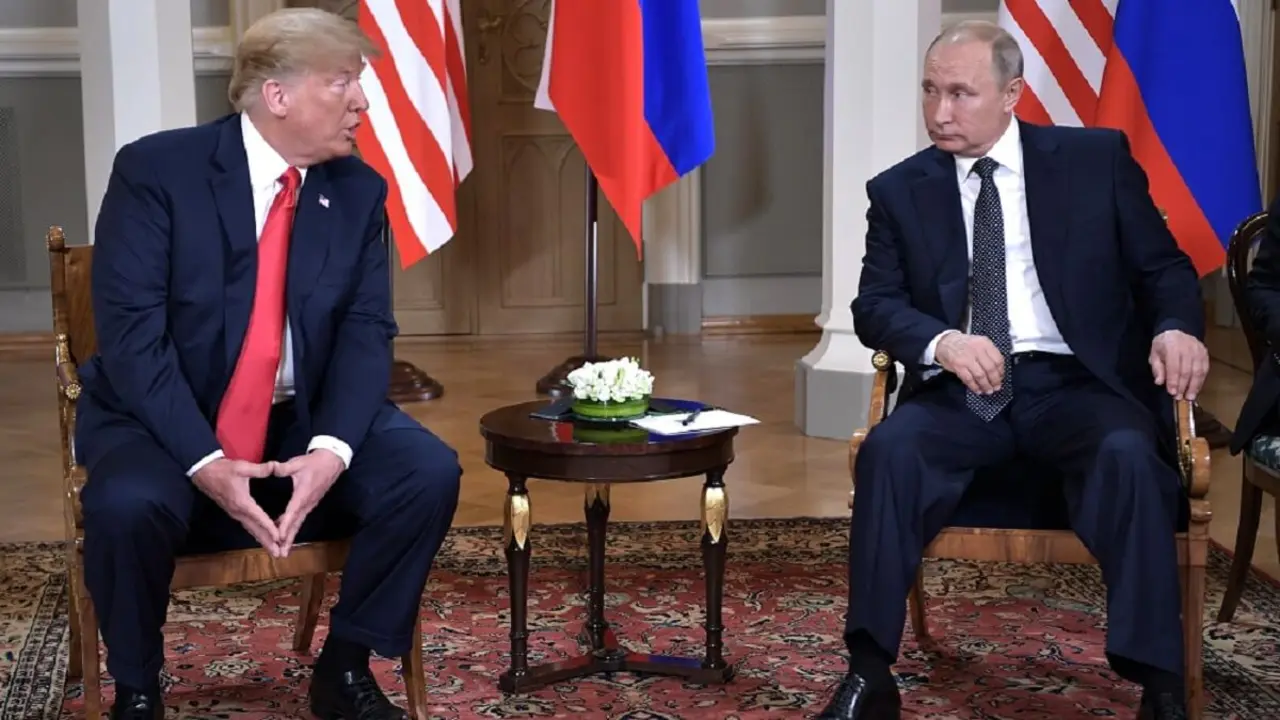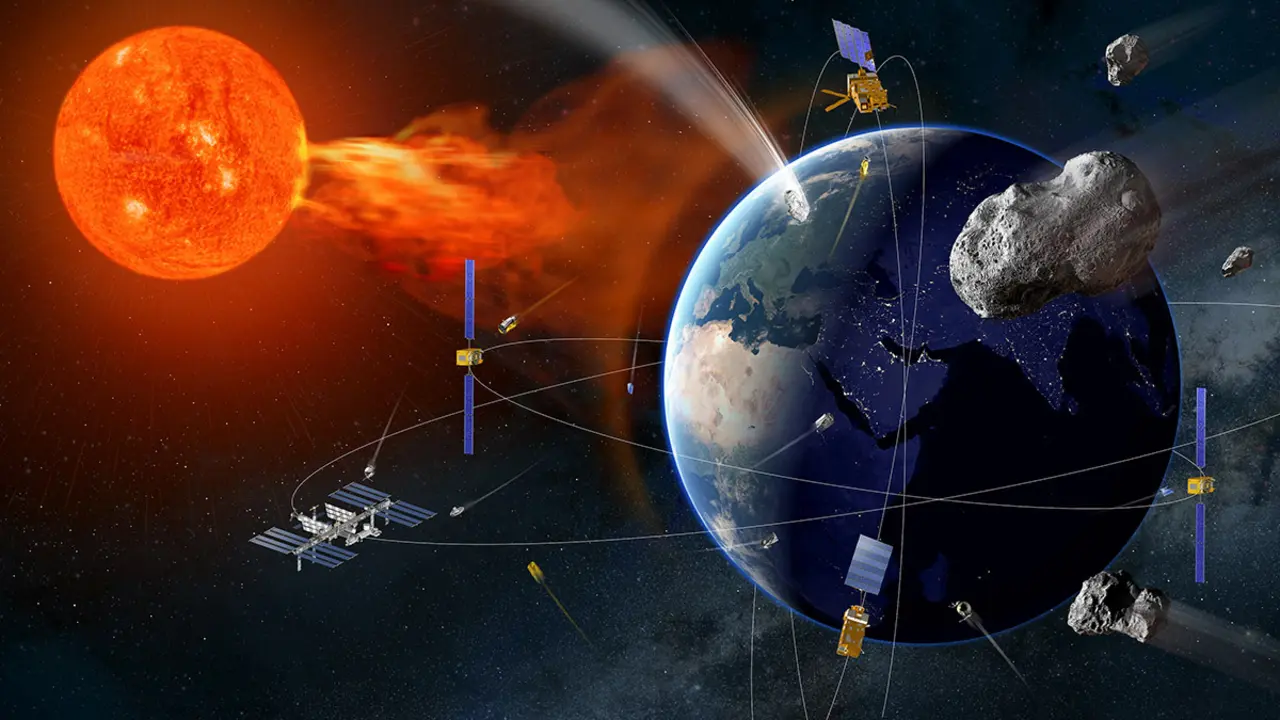US multiplies the number and technologies of its electronic spies in orbit
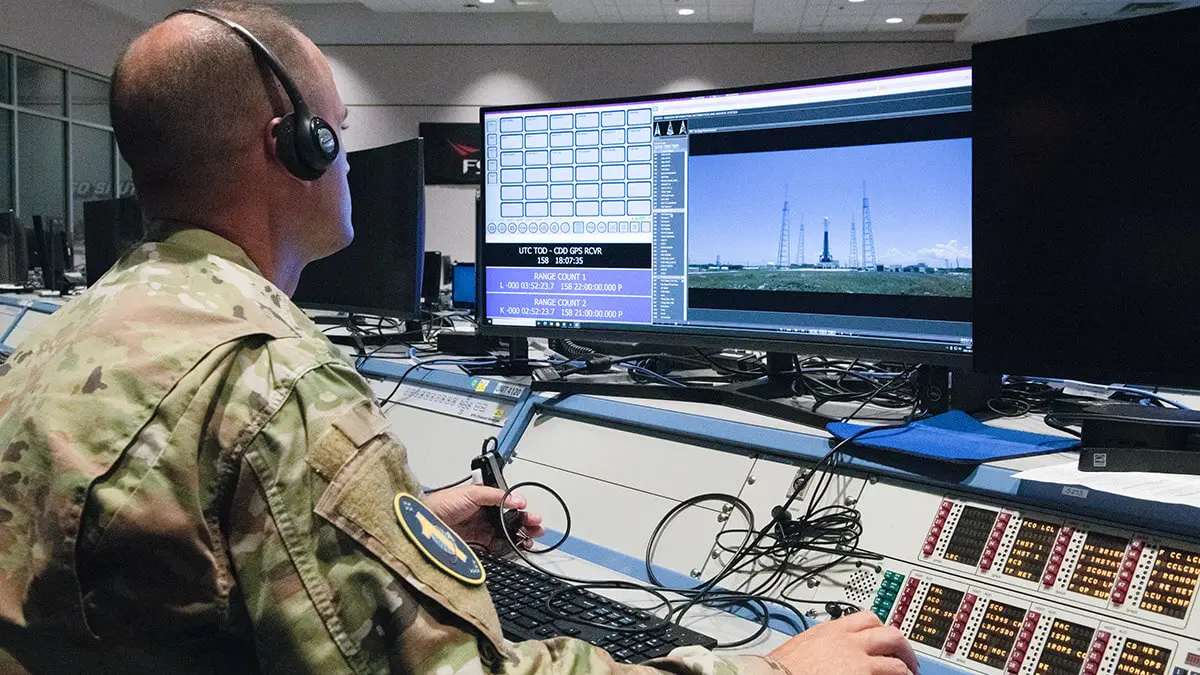
The Biden Administration has obtained the green light from Congress for the National Reconnaissance Office, the Pentagon institution that exercises absolute control over US spy satellites, to significantly increase the number and acuity of its electronic eyes and ears positioned in space.
With much of its spy satellites focused on the Middle East, Ukraine and Russia, the deputy director of the NRO, 52-year-old US Air Force General Christopher Povak, has just revealed at a recent Washington forum that his organisation has launched an ambitious plan to maintain its overwhelming military lead in orbit.
As the man directly responsible for the NRO's new plan, General Povak's aim is to increase the families of spy satellite constellations dedicated to capturing radar and electro-optical imagery, warning of long-range missile fire, listening and deciphering all signals travelling through space, and converting it all into intelligence.
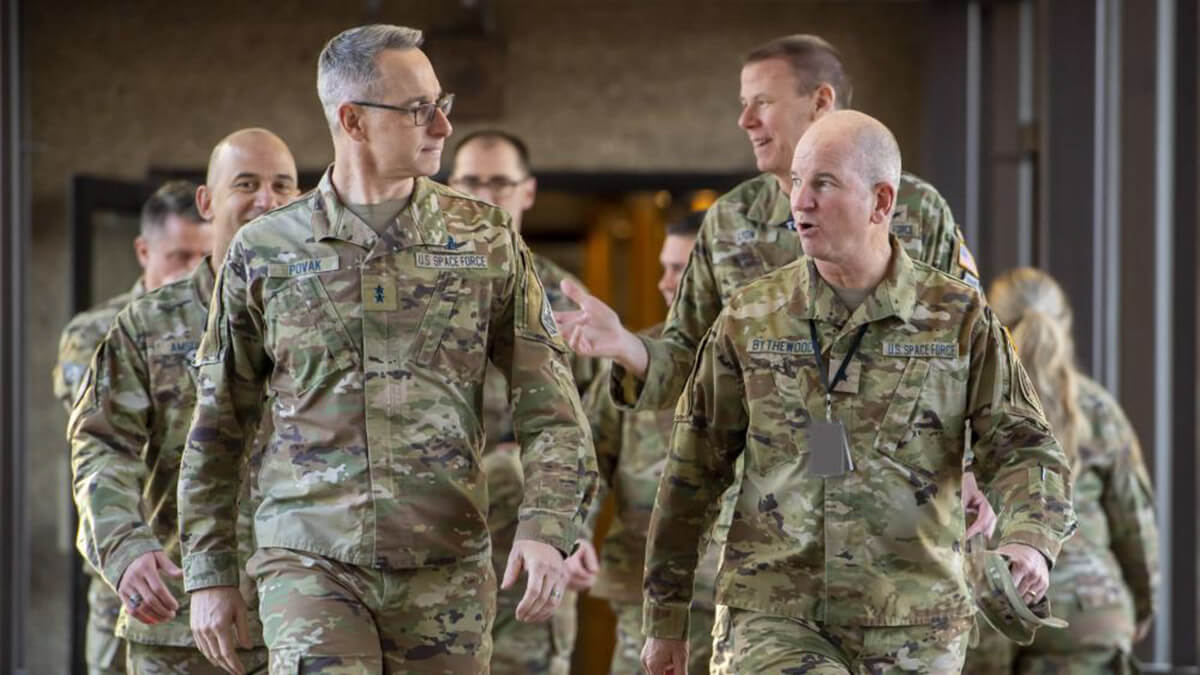
It's "a tenfold increase in the images and signals that our stealthy satellites collect day and night around the world, which our analysts turn into intelligence to aid the decision-making of the nation's political and military leaders".
The second NRO strongman since September 2022 and head of the NRO's space component, General Povak said that the NRO is implementing a project aimed at "increasing technological capabilities and diversifying both its space architecture and its ground component".
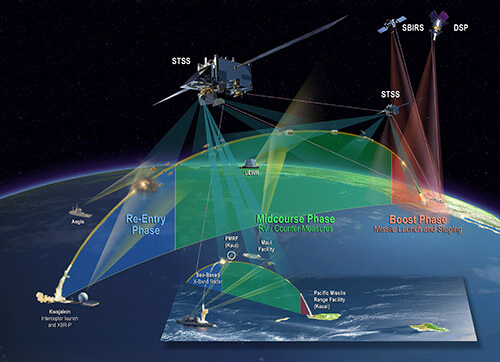
Large and small electro-optical, radar and eavesdropping devices
The aim of the initiative is to prevent its major adversary powers - namely China, Russia, North Korea and Iran - from "interfering with, blocking, damaging or destroying important platforms in the massive US intelligence space infrastructure network".
As an electrical engineer by training with three decades in command of space units and extensive experience in the acquisition and operation of classified satellites, General Povak warns congressmen, senators and industry leaders that US competitors "present us with unprecedented challenges that erode our technological advantage at a rapid pace".
The NRO's number two man argues that China is "closing the technology gap" that separates it from the United States. He knows that Beijing recruits and dedicates a huge number of skilled personnel to the military space sector and is investing "a lot of money and technological resources to challenge US dominance in space".
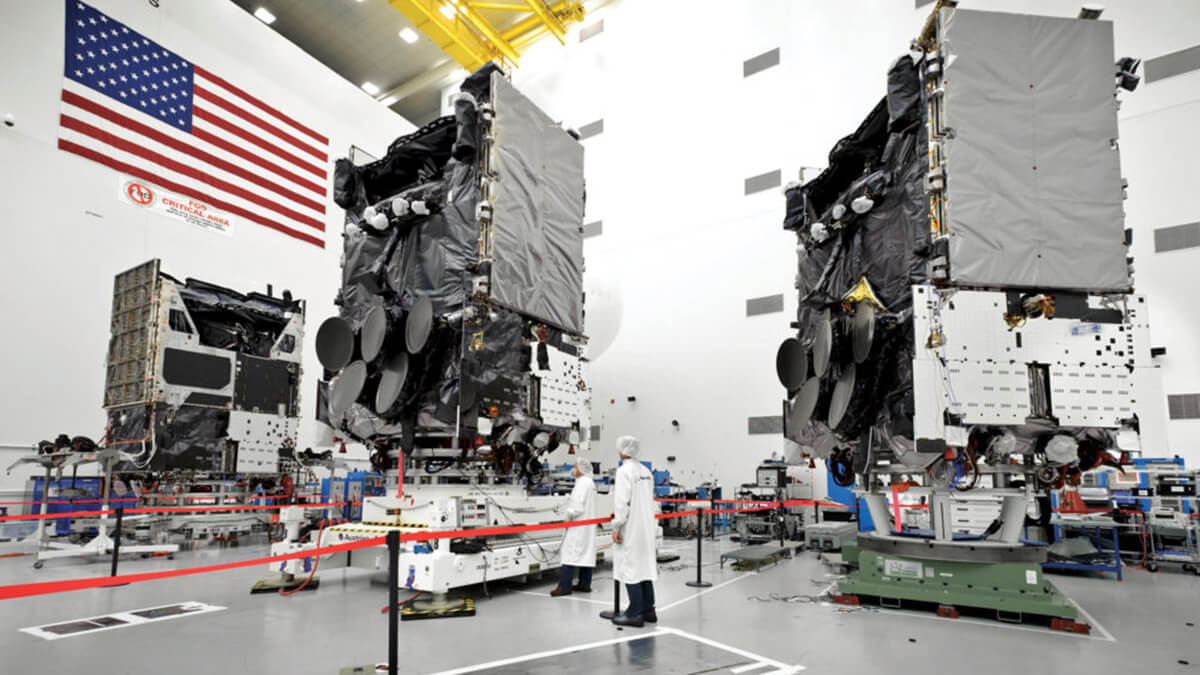
From his knowledge, General Povak warns that Beijing and Moscow are developing an "arsenal of sophisticated weapons systems and anti-satellite missiles" designed to be fired from the ground or projected from space to "interfere with, neutralise or destroy American electronic systems that we have in orbit and guarantee our national security and the American way of life".
But neither the White House nor the Pentagon is willing to allow either power, let alone Iran or North Korea, to take away America's supremacy in space. To meet their challenges," says General Povak, "we are determined to expand and improve our satellite capabilities.
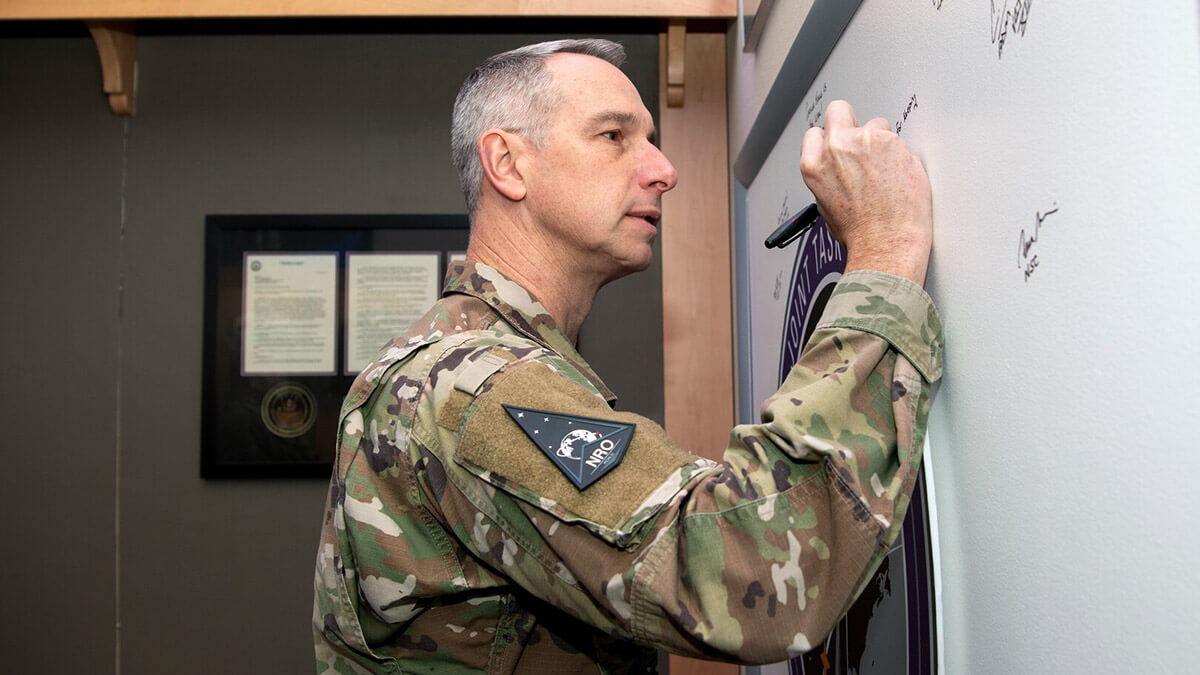
The NRO director is a veteran NASA engineer
The NRO will continue to build large satellites, which are the majority of the satellites it has put into orbit so far. But also others "of much smaller dimensions, which we will deploy over the next decade to maintain better and wider coverage of the Earth". By this, without citing it, he is saying that they are also going to devote efforts to the fight against international terrorism.
They will be positioned in low Earth orbits at an altitude between 500 and 5,000 kilometres, to fly over areas of interest on a frequent basis, known in the space industry as a "revisit". Whether large or small, in both cases "we will increase their survivability, as well as the accuracy and reliability of the data we will provide to our analysts".
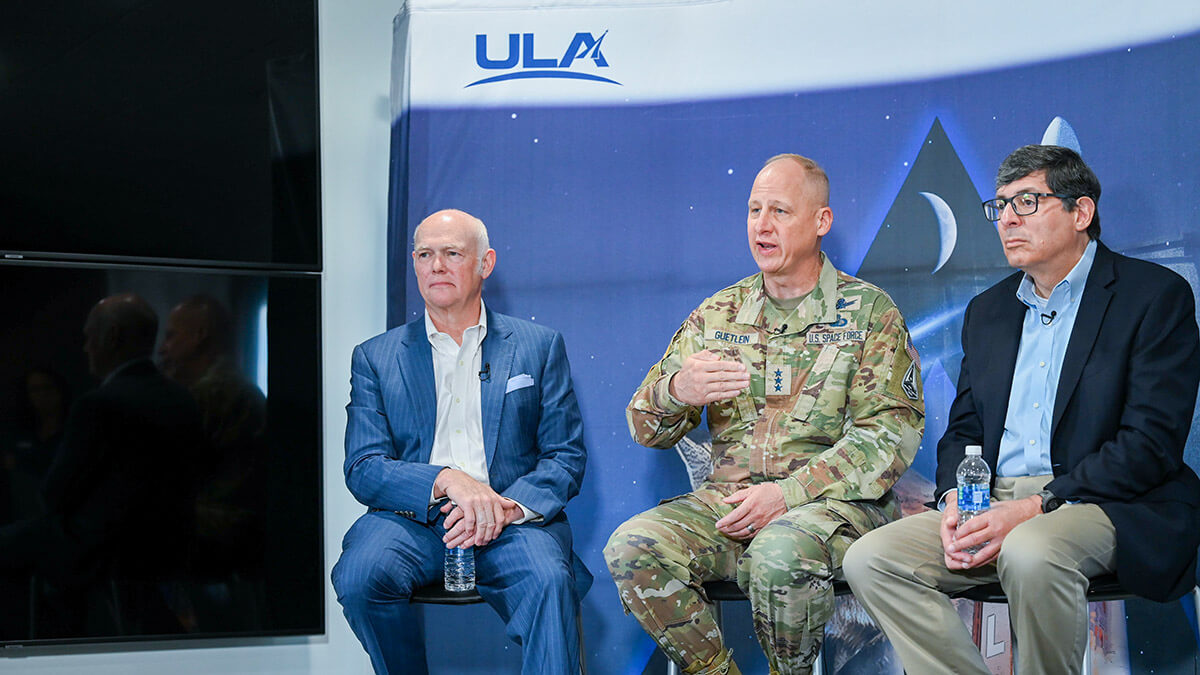
General Povak's words are in line with the NRO's director from August 2019, 67-year-old computer engineer Christopher Scolese, a veteran senior NASA official who specialises in leading satellite programmes dedicated to Earth observation. His stated goal is to receive satellite images and signals efficiently and "rapidly convert them into actionable and usable intelligence, including for our allies".
Scolese revealed at a space affairs convention in Colorado Springs in April that he had a project underway to "quadruple the number of satellites in our organisation over the next decade". He intends to achieve this "with a combination of government and commercial systems" to ensure that US space and ground infrastructures "can sustain military operations in the face of any contingency or threat".
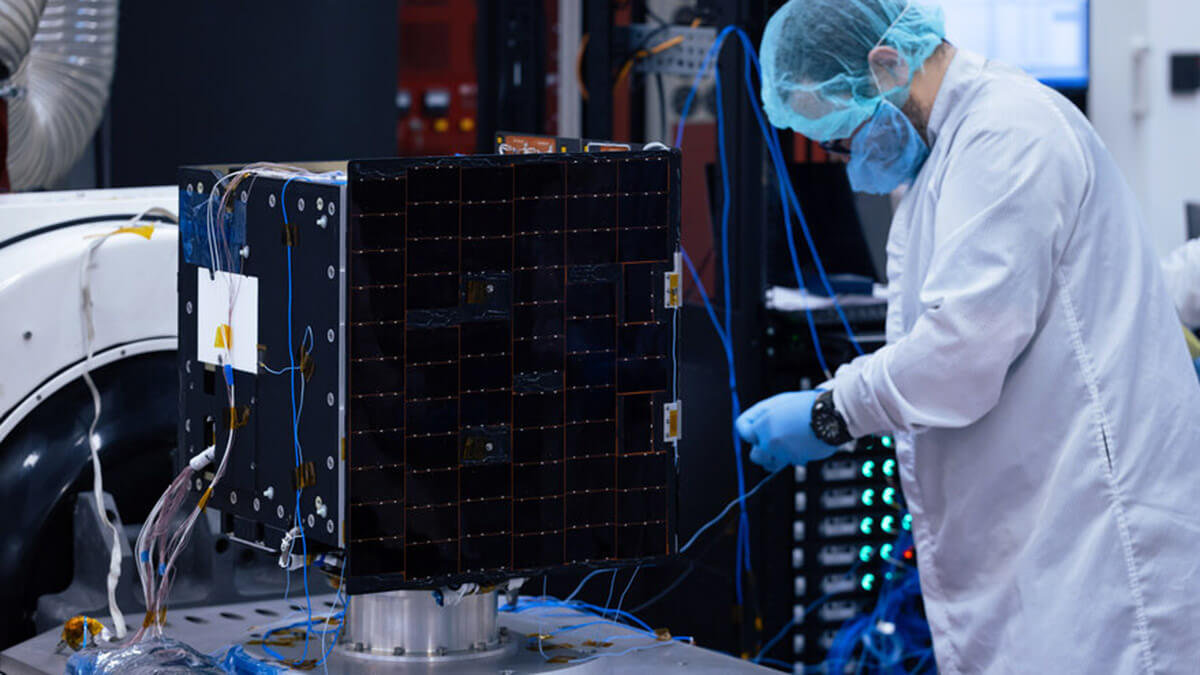
The National Reconnaissance Office, or NRO, is a misleading intelligence organisation. Its foundations were laid by President Eisenhower in 1961 to cover up a large structure made up of several thousand civilian and military officials and kept secret for many years. It itself manufactures, controls and exploits the data collected by the fifty or so platforms of all types and sizes that serve the interests of the American superpower.
But its purpose goes far beyond that. It is the Department of Defence organisation responsible for monitoring from space and extracting intelligence from what its eyes scan the Earth with electro-optical and radar technology. It is also dedicated to listening and deciphering through radio or electromagnetic waves the data, signals and fixed and mobile telephone conversations that threaten or favour the governmental, economic and financial activities of the United States.



